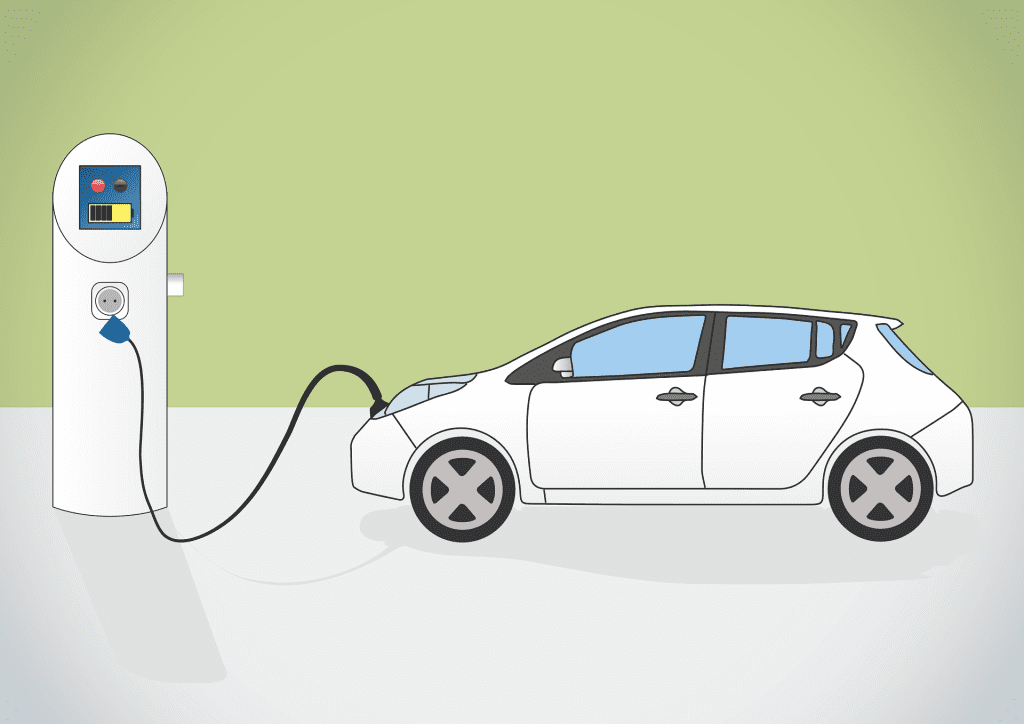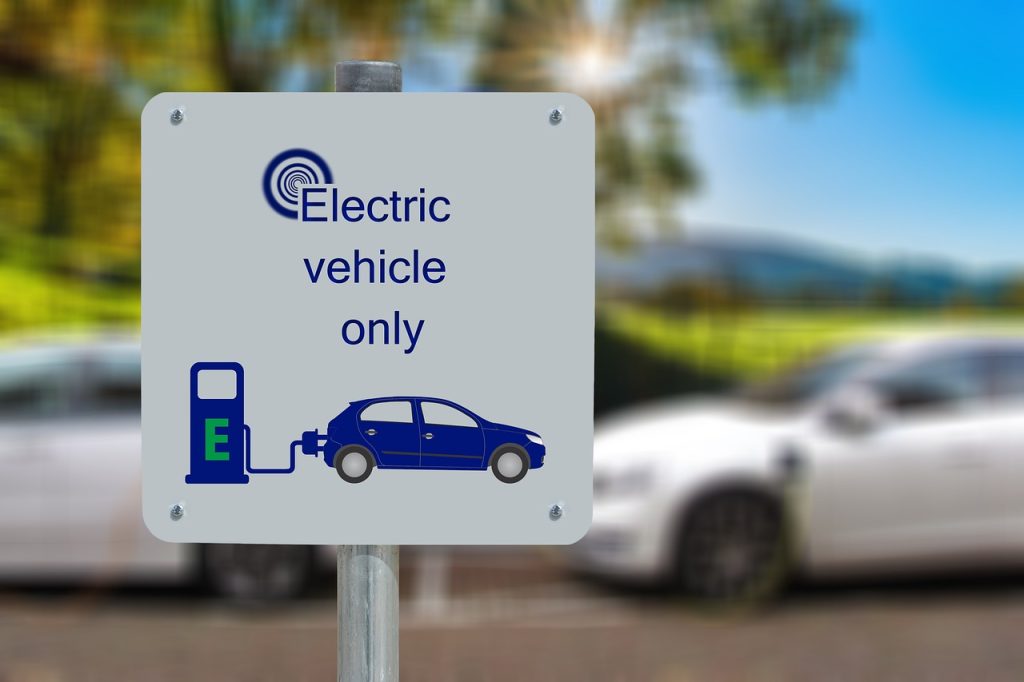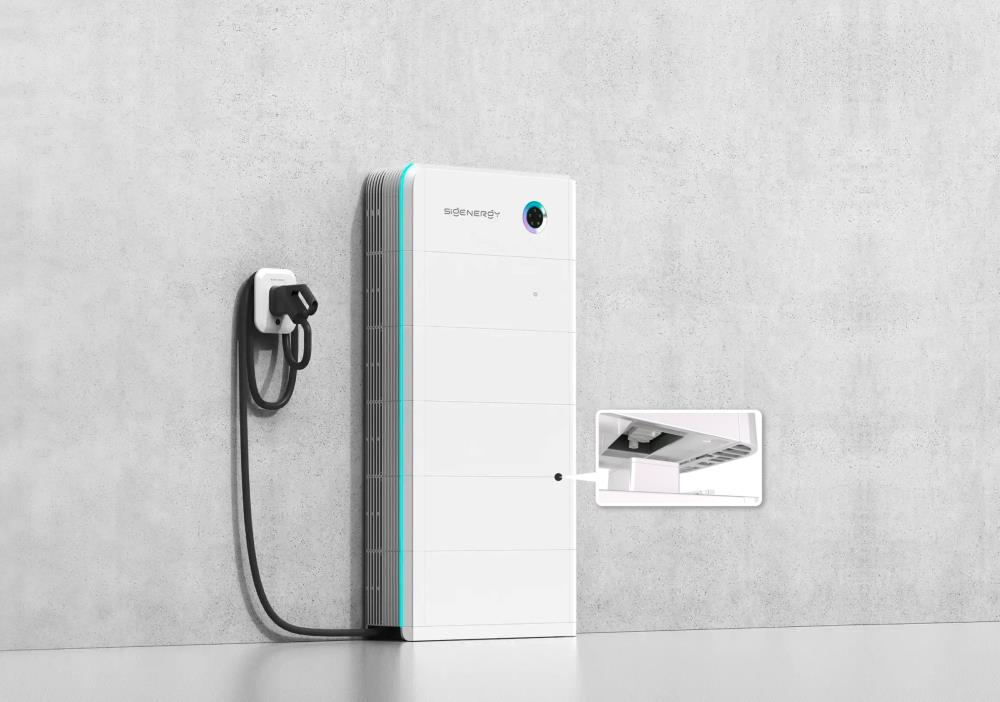The Future of Solar: Bi-Directional EV Charging and Your Home
At GI Energy, we’ve been helping Australians save money and reduce their carbon footprint with solar power since 2011. With over a decade of experience in a fast-moving industry where most companies don’t last more than two years, we’re always on the lookout for innovative technologies that can add value to your home energy systems. One of the most exciting developments on the horizon is bi-directional electric vehicle (EV) charging, and we wanted to give you a glimpse of how this could change the way you use energy at home. So, What is bidirectional charging in EV?

What is bidirectional charging in EV?
You’re probably familiar with charging your electric vehicle from the grid or through your home solar system. But what if your car could also power your home? That’s the promise of bi-directional EV charging—a system that allows energy to flow both ways, from the grid to your car and from your car back to your home. In effect, your car becomes a giant battery on wheels, storing power and giving it back when you need it.
While the technology is still being developed, the standards in Australia are nearly ready. Some car manufacturers like Mitsubishi and Nissan are leading the way by incorporating hardware that will eventually allow for this. The catch is that the chargers required for this feature aren’t certified yet. But once they are—and it’s only a matter of time—you’ll have the option to turn your EV into a fully integrated part of your home energy solution.

What You Need to Make Bidirectional Charging In EV Work
To make bidirectional charging in EV work, there are a few components you’ll need:
- The Right Car – Not all EVs are built for bi-directional charging just yet. While some models already have the hardware, manufacturers like Volkswagen are still working on getting certification for both AC and DC bi-directional charging.
- An External Inverter/Charger – You can’t just plug your EV directly into your home. You’ll need an external inverter/charger system, like the ones from companies like Sig Energy. These devices manage the two-way flow of electricity and ensure that everything complies with safety standards.
- Dynamic Export Limits – To take full advantage of this system and avoid any issues with feeding energy back into the grid, you’ll need dynamic export limits, which control how much power your car is sending out. This is particularly important if you plan to benefit from new tariffs, like the Amber tariff, which can save you even more money.
How Soon Can You Start Bidirectional Charging In EV?
According to industry experts, we could see full implementation of bidirectional charging in EV by 2027 or 2028. In the meantime, there’s plenty of talk about how warranties for EV batteries will be affected by the extra usage. After all, these batteries weren’t initially designed to handle both powering a car and feeding electricity back into a home. However, manufacturers are working on solutions, and by the time this technology is fully rolled out, we expect those concerns to be addressed.

Why This Matters for You
For homeowners, the implications are huge. By mid-2030, bidirectional charging in EV are projected to become the largest form of energy storage in Australia. This will give you more control over your energy use, reduce your reliance on the grid, and provide significant savings in electricity costs. Imagine using your car’s stored energy to power your home during peak times when electricity prices are highest or selling that power back to the grid for a profit.
Costs and Savings Associated With Bidirectional Charging In EV
Right now, chargers capable of bi-directional charging are expected to cost around $10,000. However, industry analysts believe that price could drop to around $3,000 by 2030 as the technology matures. When combined with potential government rebates—currently under discussion—this system could become a highly affordable way to further reduce your energy bills.
A Trusted Partner in the Transition
At GI Energy, we’ve built our reputation by staying ahead of the curve and always putting our customers first. As bi-directional charging becomes a reality, we’re ready to help you navigate these exciting new opportunities. Our team has a long history of delivering successful solar installations for homes and businesses, from private homeowners to large city councils and multinational companies.
With over 13 years in the industry and a commitment to post-installation customer care, we’ll ensure that your solar system integrates seamlessly with emerging technologies like bi-directional charging. When you partner with us, you’re not just getting a solar system—you’re getting a future-proofed energy solution backed by a company that cares about you like family.
Looking Ahead
The future of energy storage in Australia is clear—is bidirectional charging in EV will play a pivotal role in shaping how we use and store power in our homes. While the technology isn’t quite ready for widespread adoption just yet, the framework is in place, and it’s only a matter of time before bi-directional charging becomes a game-changer for Australian homeowners.
At GI Energy, we’re excited to be at the forefront of this revolution and look forward to helping you make the most of this exciting future.
Here are some other links you may find useful:










